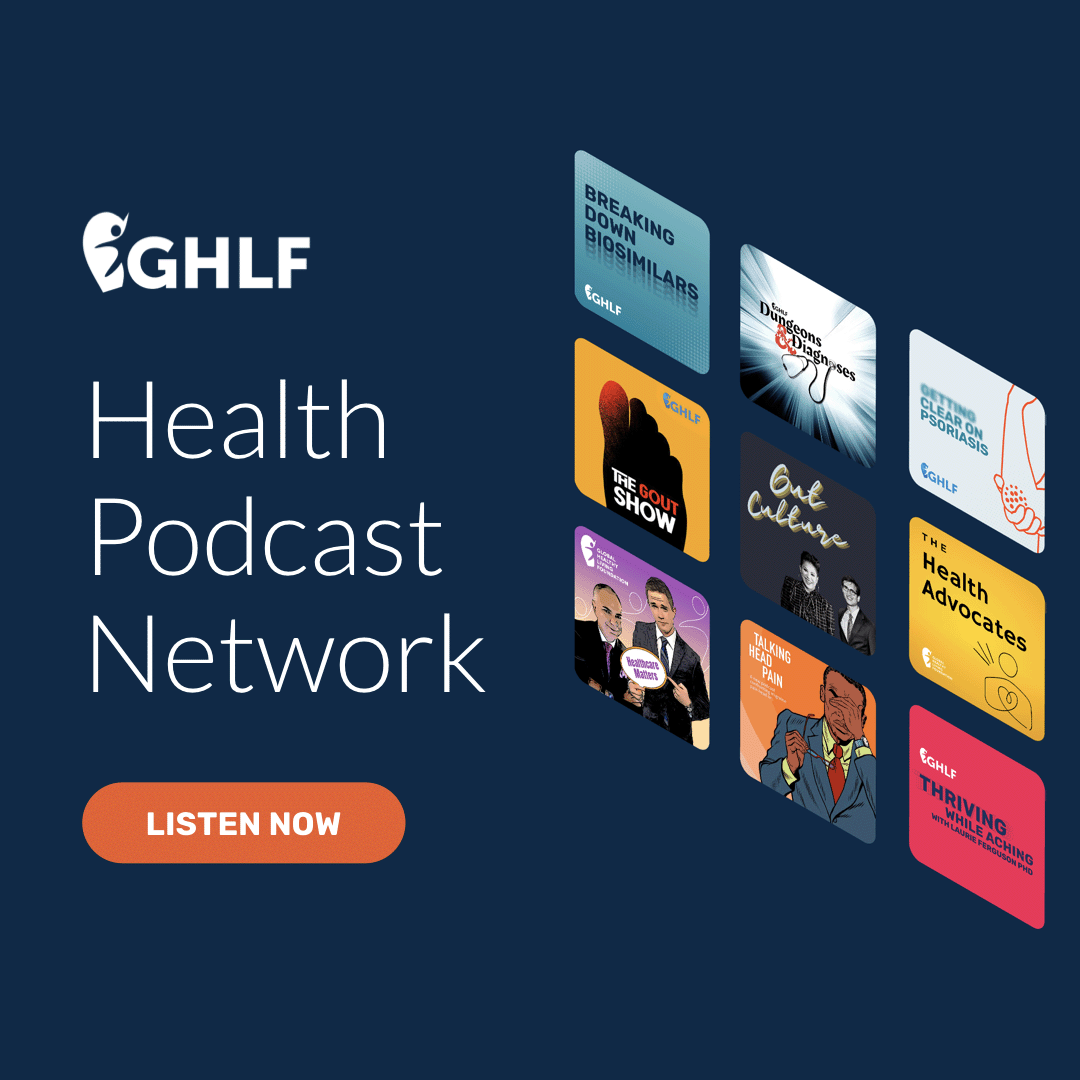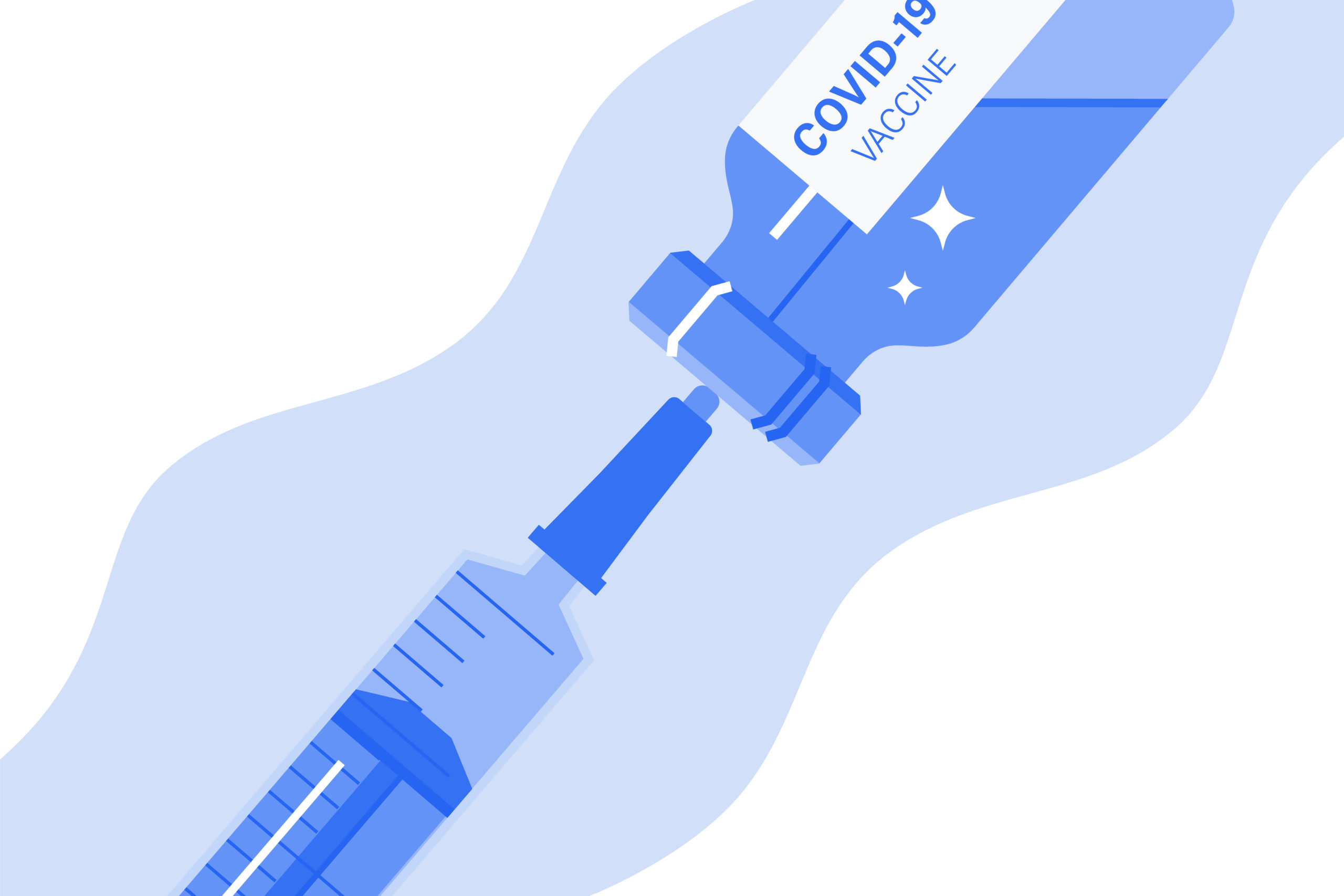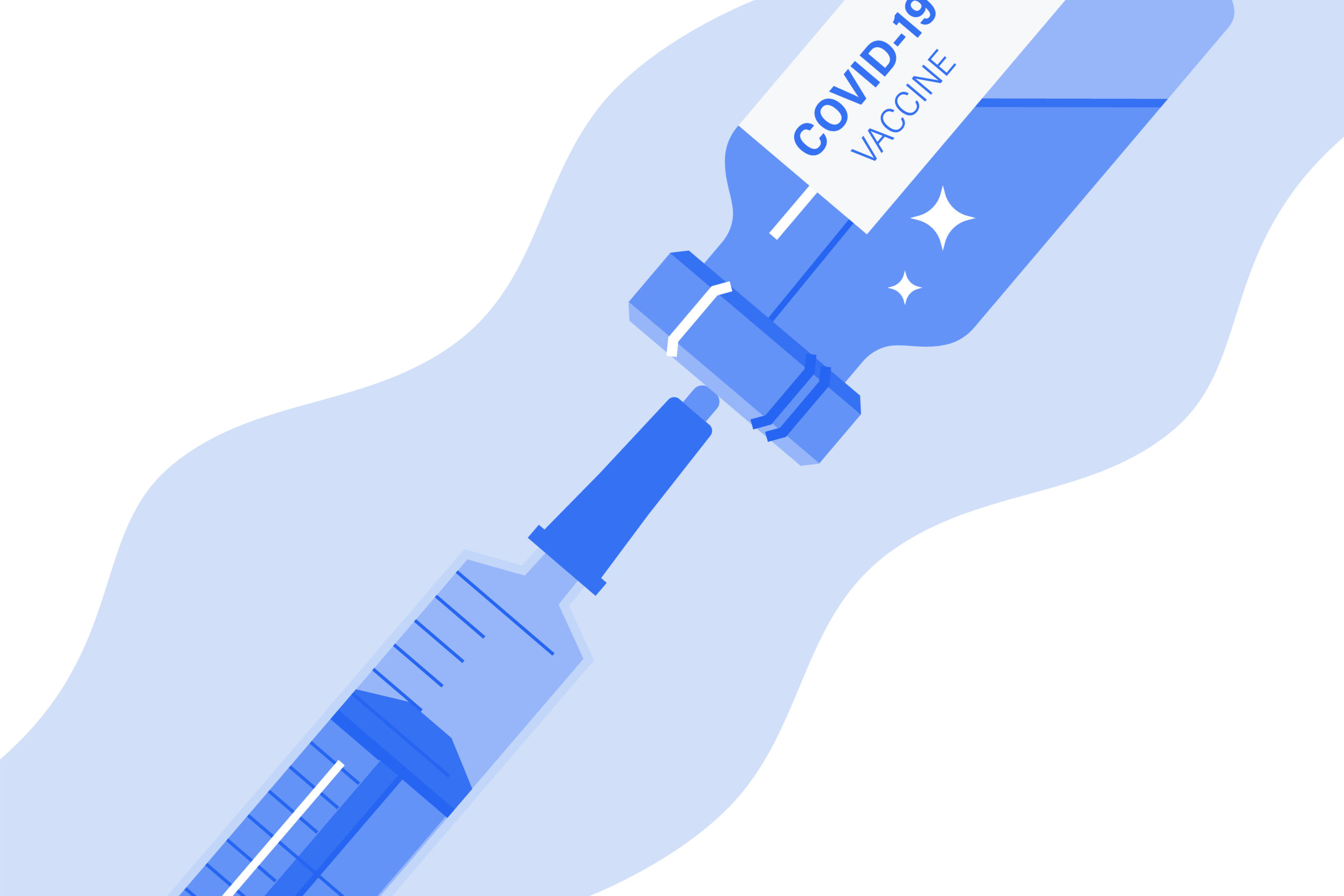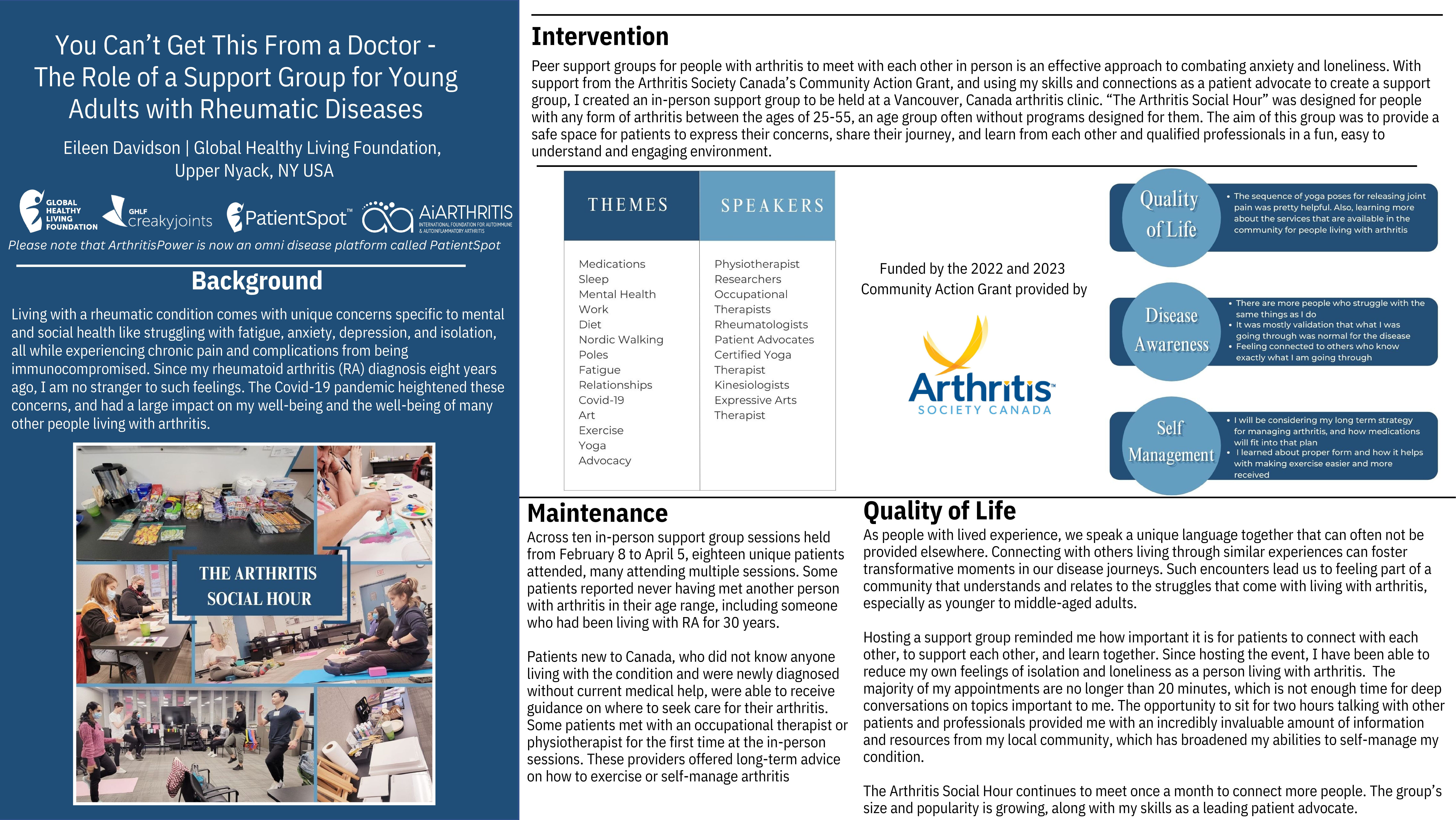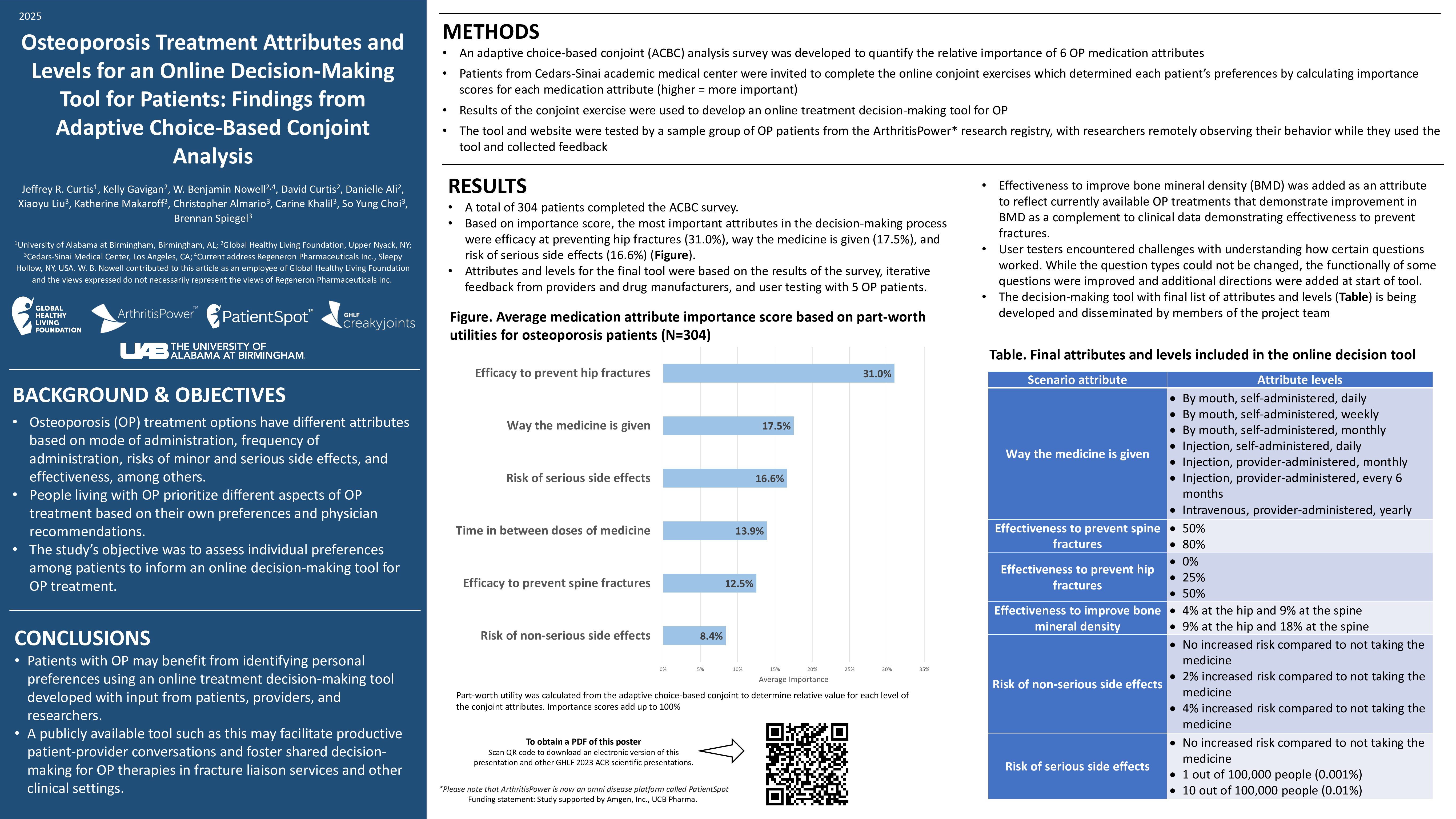Key Takeaways
- Formularies are set by pharmacy benefit management companies (PBMs), who maximize their profits by obtaining rebates from drug manufacturers.
- Patient co-pays and deductibles are based on retail price, which doesn’t factor in the rebates that PBMs get.
- While you can’t control drug formularies, you can be a smart consumer and do your homework when shopping for insurance plans.
In theory, a drug formulary — a list of preferred drugs that a health insurance company agrees to cover — should help patients by steering them toward medications that are as safe, effective, and affordable as possible. That means generic drugs and biosimilars should generally be favored over brand-name options and medications shouldn’t be excluded for arbitrary reasons. In reality, however, that’s not what’s happening: Nearly half of exclusions have “questionable clinical or financial benefits to patients,” according to a new study from the Global Healthy Living Foundation (GHLF).
The study, published in Health Science Journal, entailed analyzing the Express Scripts 2022 National Preferred formulary. The second-largest formulary in the U.S., Express Scripts makes its formulary publicly available.
The researchers, led by Robert Popovian, PharmD, Chief Science Policy Officer of GHLF, found that there were 563 drugs excluded from this formulary. Over 40 percent of the time, those exclusions mandate a provider to prescribe a non-therapeutically equivalent medicine based on differences in active ingredient or formulation.
A small percentage (1.6 percent) were “complete exclusions,” meaning there was no recommended alternative on the formulary.
While it’s easy to see why a complete exclusion would be problematic for someone needing a drug to treat a rare condition, therapeutic substitutions are also bad for patients, says Dr. Popovian. A therapeutic substitution might mean, for example, that your insurance company will cover abatacept (Orencia) but not infliximab (Remicade). Or it might cover a drug in pill form but not liquid form. If you don’t respond to the option they cover, you’re going to have to go through an appeals process that may or may not end in your favor; in the meantime, you’ll be stuck without the mediation that works best for you.
If you’re wondering why, it comes down to money: Formularies are set by pharmacy benefit management companies (PBMs) who maximize their profits by obtaining rebates from pharmaceutical manufacturers. PBMs negotiate with drug manufacturers and pharmacies to set prices and create formularies for health insurance companies and other payers, including Medicare Part D drug plans. The drugs that end up on a formulary often get there because a drug manufacturer has provided the PBM with a hefty rebate, which is essentially a kick-back, says Dr. Popovian.
What’s more, thanks to numerous corporate mergers and acquisitions, three companies — CVS Health (Caremark), Cigna (Express Scripts and Ascent Health Services), and United Health (OptumRx) — now process and dispense more than 70 percent of all retail and specialty drug prescriptions in the U.S. That means a single-parent company may be processing prescriptions, controlling drug dispensaries, and controlling formularies.
The result is a profit-driven system that benefits these companies while potentially harming patients. Some patients are unable to get coverage for the medications they need, and they might also find that preferred drugs on a formulary cost them more than excluded ones.
“When PBMs and insurers talk, they pick the drug with the lowest price to insurers,” Dr. Popovian explains. But patient co-pays, co-insurance, and deductibles are based on the retail price of a drug, so a PBM might get a significant rebate while a patient’s out-of-pocket costs are higher. That could happen, for instance, if a formulary includes a brand-name medication but excludes the generic or biosimilar version. “We’re seeing more and more of this,” he says.
Patients, unfortunately, can’t control drug formularies, but they can become smart consumers and do their homework if they have the option to choose from several insurance plans, says Dr. Popovian. Check to make sure your preferred doctors and hospital are in the network, and check the formulary to ensure any drugs you take for chronic conditions will be covered. “Many people just sign up for the cheapest option,” he says, “but that can be a mistake.”
What This Means for You
It’s important to understand that drug formularies are designed so that health insurance companies and PBMs can profit; they’re not necessarily created with your best interests in mind.
If you have a chronic condition, thoroughly investigate a potential new health plan before selecting it. If you have Medicare, you can use the Part D finder to compare coverage for plans in your area.
Want to Get More Involved with Patient Advocacy?
The 50-State Network is the grassroots advocacy arm of CreakyJoints and the Global Healthy Living Foundation, comprised of patients with chronic illness who are trained as health care activists to proactively connect with local, state, and federal health policy stakeholders to share their perspectives and influence change. If you want to effect change and make health care more affordable and accessible to patients with chronic illness, learn more here.
Academy of Managed Care Pharmacy. Formulary Management. July 2019. https://www.amcp.org/about/managed-care-pharmacy-101/concepts-managed-care-pharmacy/formulary-management.
Global Healthy Living Foundation Study Reports that Nearly Half of Formulary Exclusions Have Questionable Health and Financial Benefits for Patients. Business Wire. June 2022. https://www.businesswire.com/news/home/20220606005127/en/Global-Healthy-Living-Foundation-Study-Reports-that-Nearly-Half-of-Formulary-Exclusions-Have-Questionable-Health-and-Financial-Benefits-for-Patients.
Pharmacy Benefit Managers and Their Role in Drug Spending. April 2019. https://www.commonwealthfund.org/publications/explainer/2019/apr/pharmacy-benefit-managers-and-their-role-drug-spending.
Popovian, R. Analysis of Drug Formulary Exclusions from the Patient’s Perspective. Health Science Journal. May 2022. https://www.itmedicalteam.pl/articles/analysis-of-drug-formulary-exclusions-from-the-patients-perspective-111155.html.




